How are “equalize”, “boost” and “fast charge” charging different?
Each of these terms describes the same function of the charger where the charger temporarily elevates the battery’s voltage above the float level. There are different uses for elevated charge voltage, as shown below:
Commonly understood meaning of the term
Equalize – Periodic “topping up” of battery capacity, and correct cell capacity differences
Boost – Can refer to “equalize,” “fast charge,” and sometimes both
Fast charge – Faster recharge of a discharged battery
What does “equalize” charging do, and why is it needed?
All batteries, even those assembled into unitized blocks, are all built of individual battery cells connected in series to obtain the required DC voltage. Like all manufactured products, there is variation between the capacities of each cell in the battery. As the battery ages this variation increases. Since the battery is a chain of cells that is only as strong as the weakest link some scheme is required to ensure that all cells stay at peak capacity.
A scheme called “equalizing” is commonly used in both lead-acid and nickel cadmium batteries. Equalizing temporarily elevates the charging voltage of the entire battery string above the normal “float” voltage. The elevated charging voltage allows all cells, including the weak ones, to accept more current from the charger than they would at float voltage. A consequence of the elevated equalize voltage is that all cells in the battery are overcharged. This is acceptable for short periods provided the battery has sufficient electrolyte.
Overcharging greatly increases the rate at which the water in battery electrolyte is electrolyzed into oxygen and hydrogen gas. Since low electrolyte level will permanently damage the battery it is important to limit when, and for how long, the battery is charged at the equalize voltage.
What is “fast charging”?
Batteries, like all electrical conductors, suffer from resistance in their conductive metals. Ohm’s law says that resistance increases in proportion to current flow through the battery (or any other imperfect conductor). This means that the more amperes of charge we attempt to apply to the battery the more will be lost due to internal heating.
“Fast charging” temporarily increases the charger’s output voltage to compensate for the battery’s internal resistance. This allows the battery to continue accepting maximum current from the charger for a longer time – instead of reducing its charge acceptance early as it would if charged at normal float voltage.
What is the correct charging voltage?
The value of both float and equalize/boost/high rate voltages is determined by the battery manufacturer, and depends on the chemistry and construction of the battery. Deviating from the recommended values, except where needed to adjust for temperature, will under or overcharge the battery – both of which will reduce the battery’s life and performance.
How do you know when the charger should operate in float or equalize mode?
Regardless of the intended purpose of increasing the charger’s voltage there needs to be a way to start and end charging at voltage higher than float.
The most common control methods are shown below.
Control method: Manual switch
· Advantage: Simple, cheap
· Disadvantage: High risk of forgetting unit is operating at elevated charging voltage
· Comment: Not recommended
Control method: Manually initiated timer
· Advantage: Simple, and automatically terminates charge
· Disadvantage: Requires user intervention
· Comment: No way to know when battery would benefit from elevated voltage charge. No way to know what the right time setting is
Control method: Automatically initiated timer
· Advantage: Suited for remote sites where users do not visit frequently
· Disadvantage: Time must be pre-programmed.
· Comment: The correct pre-programmed time cannot be predicted since depth of discharge is likely to vary
Control method: Automatic initiation with battery-determined end
· Advantage: Termination of elevated charge voltage is based on battery needs, not a program
· Disadvantage: High continuous current can trick system into staying at elevated voltage too long
When is battery temperature compensation needed? How important is it?
It is well known that all storage batteries – vented or VRLA lead acid or nickel cadmium – require different charging voltage at different temperatures. When cold, the battery requires higher than normal charge voltage in order to deliver maximum possible performance. When warm, charging voltage must be reduced to prevent overcharging and consequent loss of electrolyte.
When the battery is located in a well-controlled environment temperature compensation adds little value. In contrast, temperature compensation is absolutely essential when batteries are located in outdoor cabinets or other areas subject to extremes of temperature. These facts illustrate the value of temperature compensation:
· When a battery that is 90 degrees F in temperature is charged at the correct voltage for 50 degrees F it will be boiled dry in three months.
· When a battery 20 degrees F is charged at the correct voltage for 50 degrees F it will fail to charge – and thus fail to deliver its specified performance.
Using a charger equipped with automatic temperature compensation can prevent both of these problems.
I am thinking about disabling the temperature compensation feature because the charger and battery are not in the same location, and I am worried about overcharging the battery.
Temperature compensation should only be disabled if the batteries can always be guaranteed to be at room temperature (25C, or 77F).
Remote temperature sensing (RTS) is the correct way to provide temperature compensated charging where battery and charger are in different ambients. It is always preferable to both non-compensated and locally compensated charging. Using a sensor attached directly to the battery eliminates all variables of charger temperature and different room temperatures. There is no downside to using RTS. Compared with either disabled, or in-charger temperature compensation, RTS will absolutely, positively increase battery performance to the maximum possible. Regardless of conditions, RTS causes the charger to deliver the exact voltage needed by the battery.
EVEREXCEED made a provision to disable temperature compensation mainly for customer acceptance testing – to demonstrate that the voltage setting agrees with the actual output voltage. This can be difficult to determine in a temperature compensated charger.
EVEREXCEED designed its RTS system so that if the remote sensor is damage or becomes disconnected the charger reverts to non-compensated operation. This change is indicated on the charger front panel.
Why do nickel cadmium batteries need to be “boost” charged?
Nickel cadmium batteries offer the highest reliability of any battery, and are more resistant to mechanical and environmental abuse than lead-acid batteries. They do, however, need special charging in order to deliver maximum performance.
If a nickel cadmium battery is charged only at the float rate it will typically deliver only about 70% of its rated capacity. This is a more serious problem for high rate applications, such as engine starting, where even small reductions in capacity have a significant impact on performance.
The most effective way to insure full capacity is available in a nickel cadmium battery is to periodically charge it at an elevated voltage. This can be initiated either manually or automatically, depending on the charger. Automatic equalization is easier to use, and reduces the risk of forgetting to switch back to float voltage.


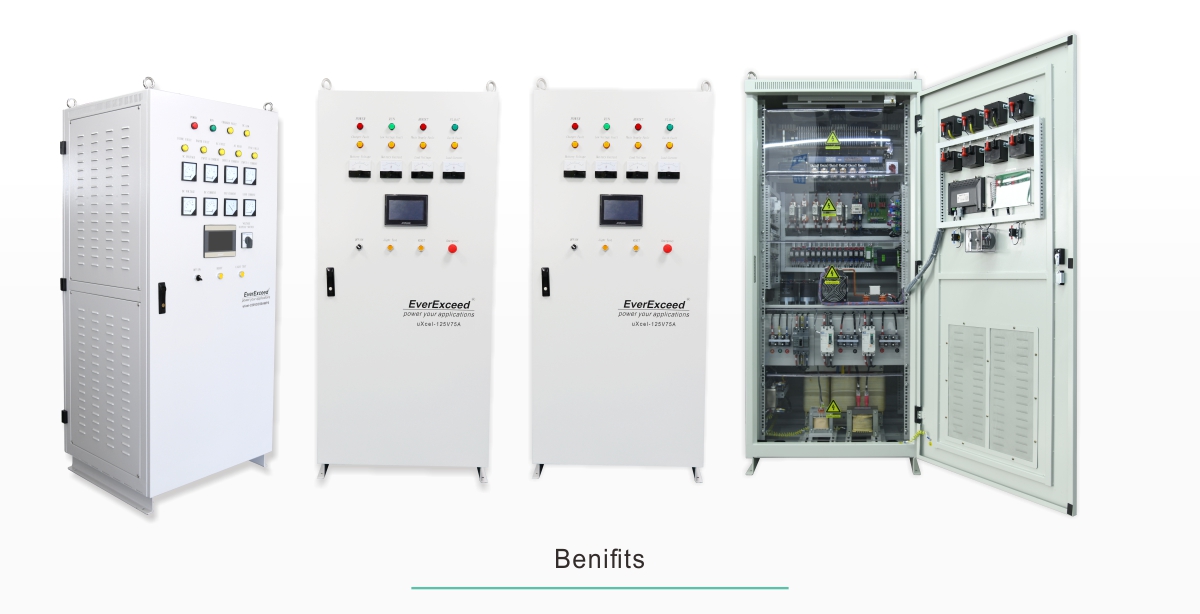
































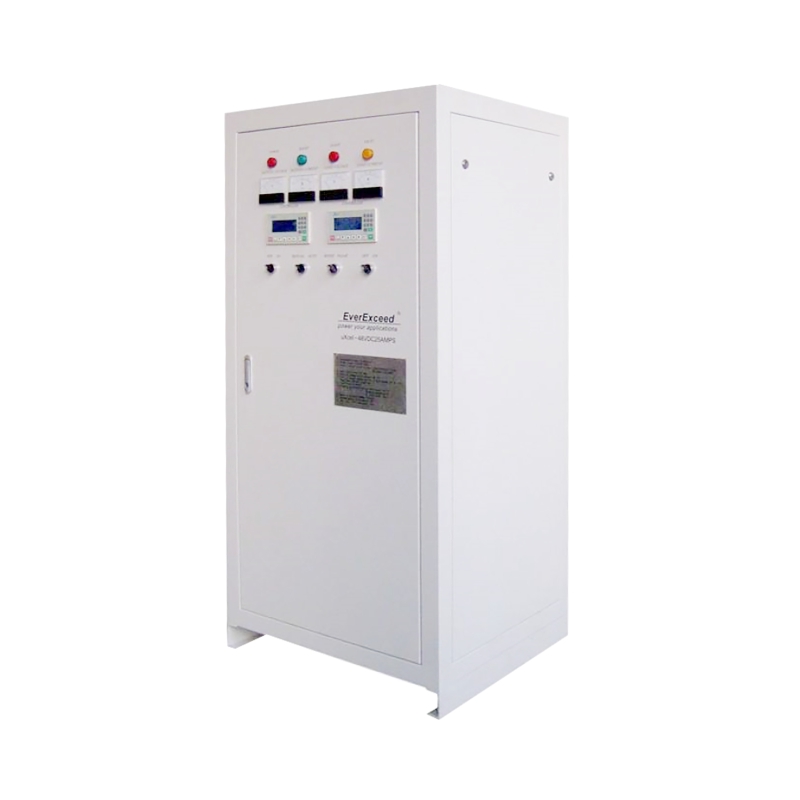
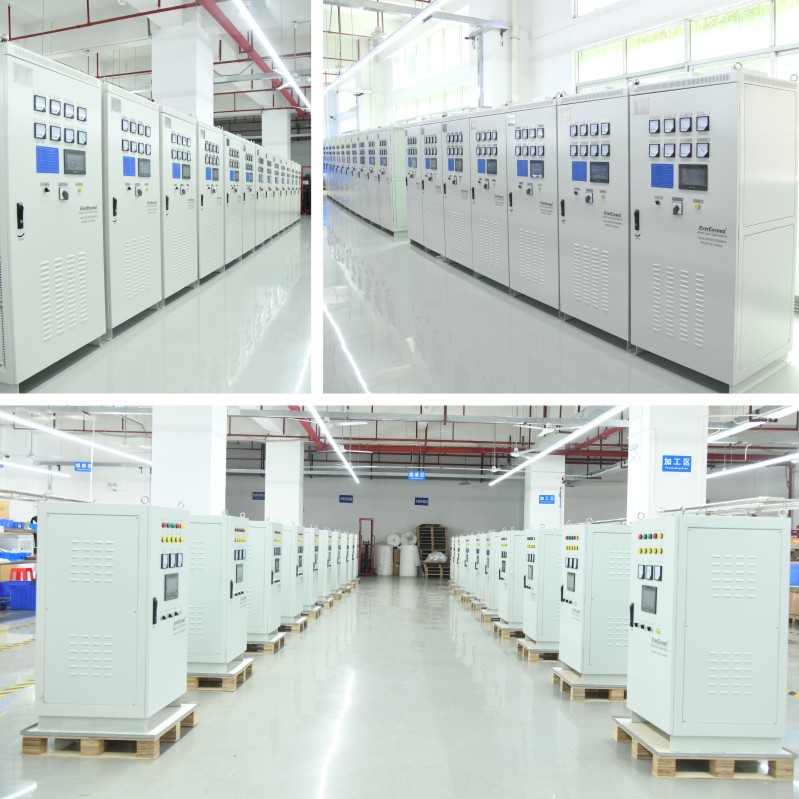
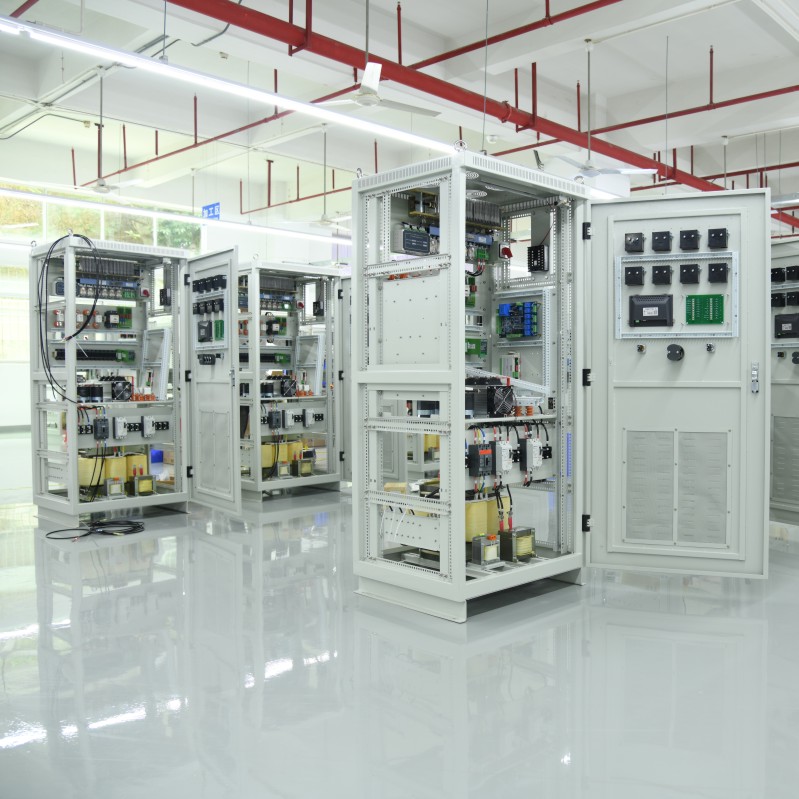

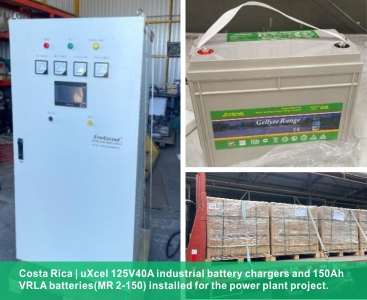

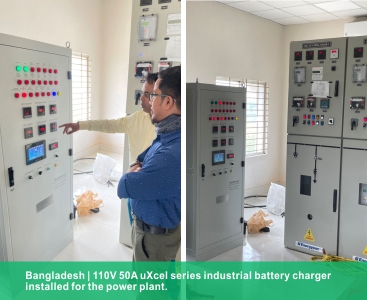


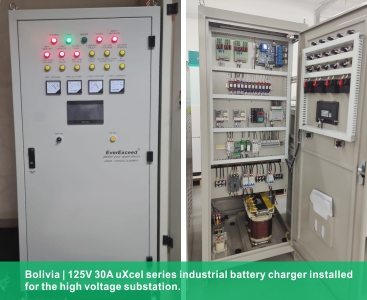





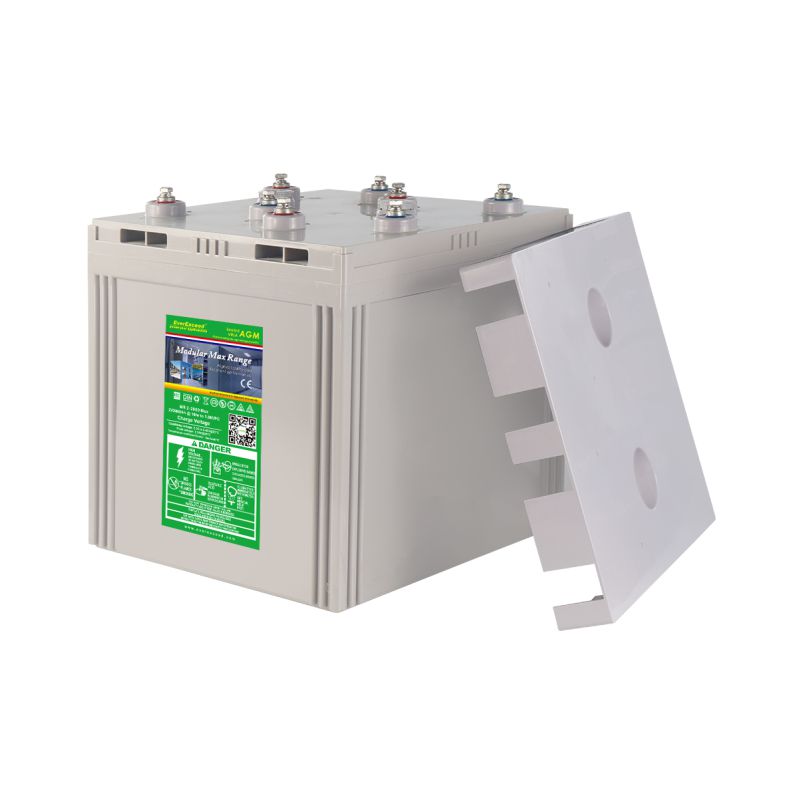
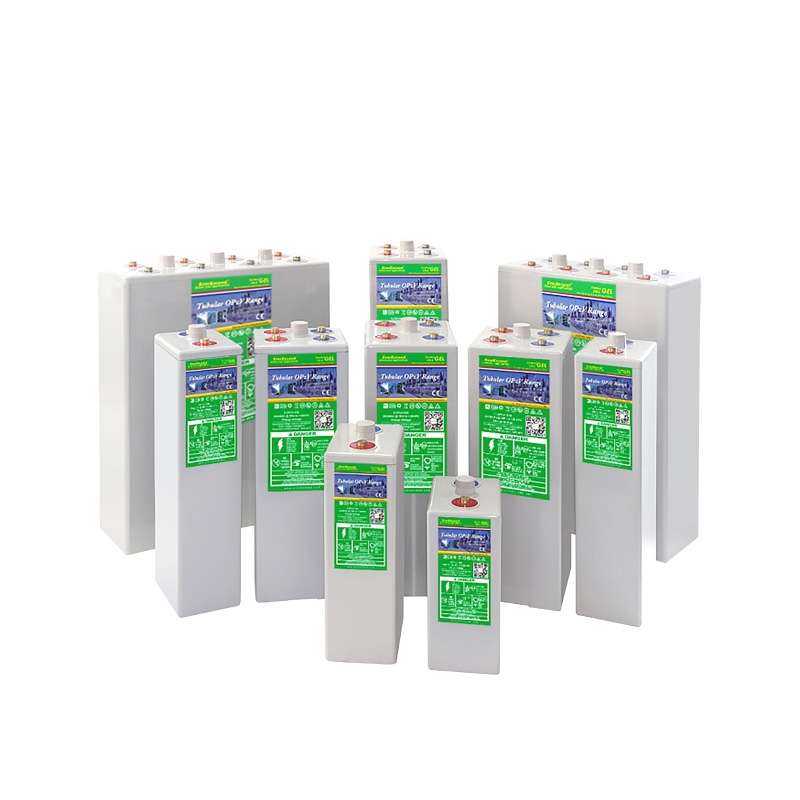


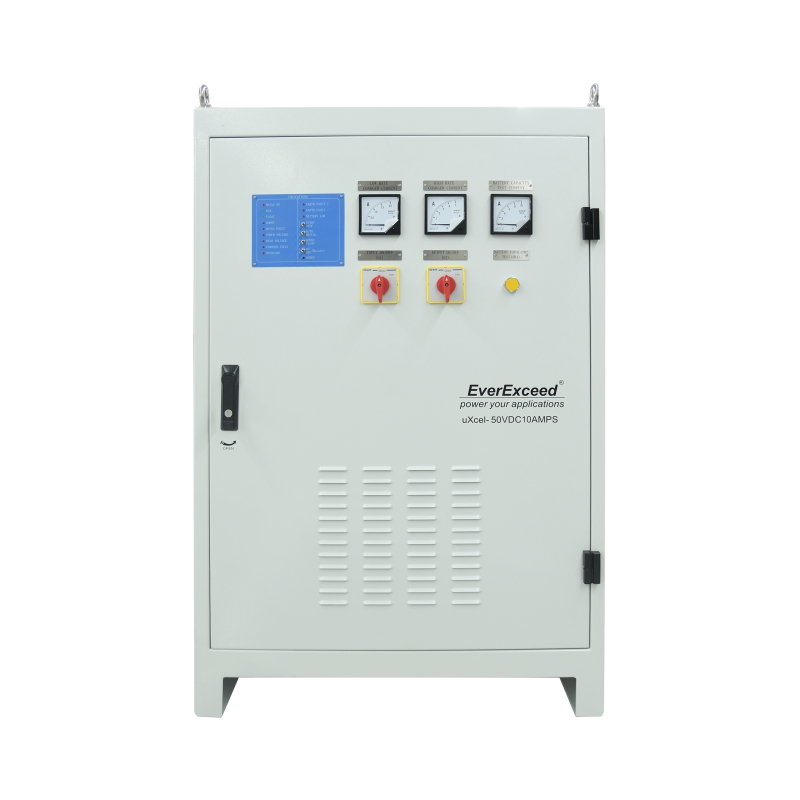






 IPv6 network supported
IPv6 network supported 